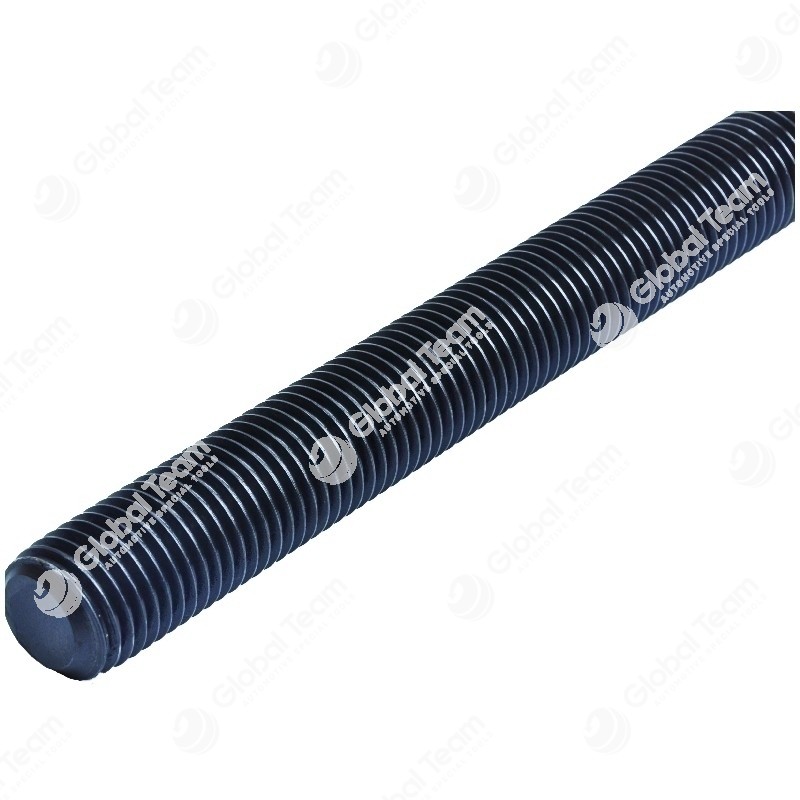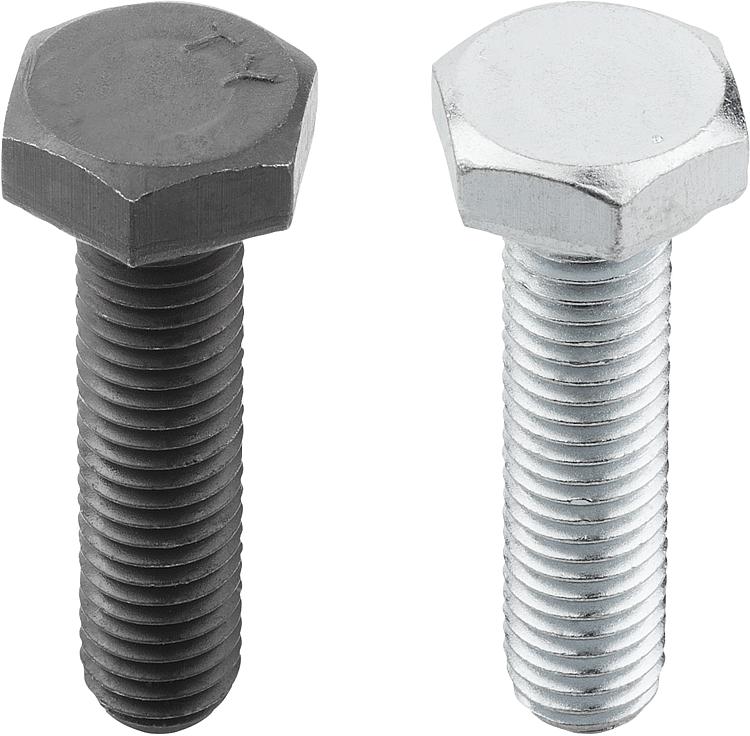
Colonnetta Ruota Competizioni M 12x1,25 L 80 completo di Dado Chiave 17 Acciaio 10.9 ( testa bulloni lunghezza millerighi ) xb20 + xb22 - Grasso e Figli snc
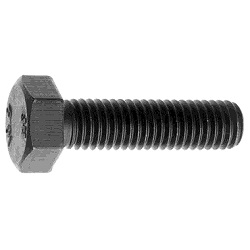
Bullone a testa esagonale, classificazione resistenza acciaio 10.9, Nippon Fastener Corporation di SUNCO (HXNLWHB-STT3SC-M22-180) | MISUMI Online Shop - Scegliere, configurare, ordinare

29--48825 - RUOTE - martini6r - Set 10 bulloni conici - TC10 Prodotti in lega speciale di acciaio 10.9 con finit
BARRA FILETTATA 8.8 E 10.9 - ALTA RESISTENZA IN ACCIAIO NI.CR. C45 C40 FE360 510 ASTM IN BARRE DA 1 O 3 METRI OPPURE SU MISURA INTERAMENTE O PARZIALMENTE FILETTATE (TIRANTE )

Utensil Line - Vendita online di utensili, attrezzature industriali e strumenti di misura. BARRE FILETTATE RULLATE IN ACCIAIO 10.9

M6 Viti 20mm (Quatntità da 25 pezzi Testa Bombata in Acciao con Filettatura Bulloni con Esagono Incassato Dientro di Testa per Burgola in Acciaio Legato Zincato 10.9 ISO 7380 : Amazon.it: Fai da te

WILLWA M3 M4 M5 M6 M8 DIN7991 Nero Grado 10.9 Acciaio 304 Acciaio Inossidabile Bullone a Testa Svasata Piana con esagono Incassato (Color : 10.9 Class Steel, Dimensione : 35MM_M5 10PCS) : Amazon.it: Fai da te
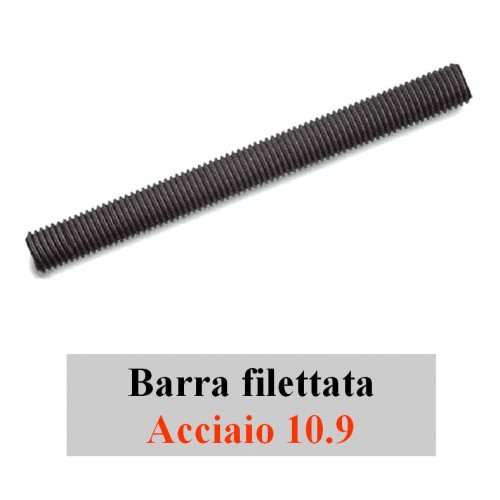
barra filettata in classe di durezza 10.9 ideale per staffaggio di pezzi su macchine utensili, presse per stampaggio, SPD, LTF, AMF, HOMBERGHER, AGINT
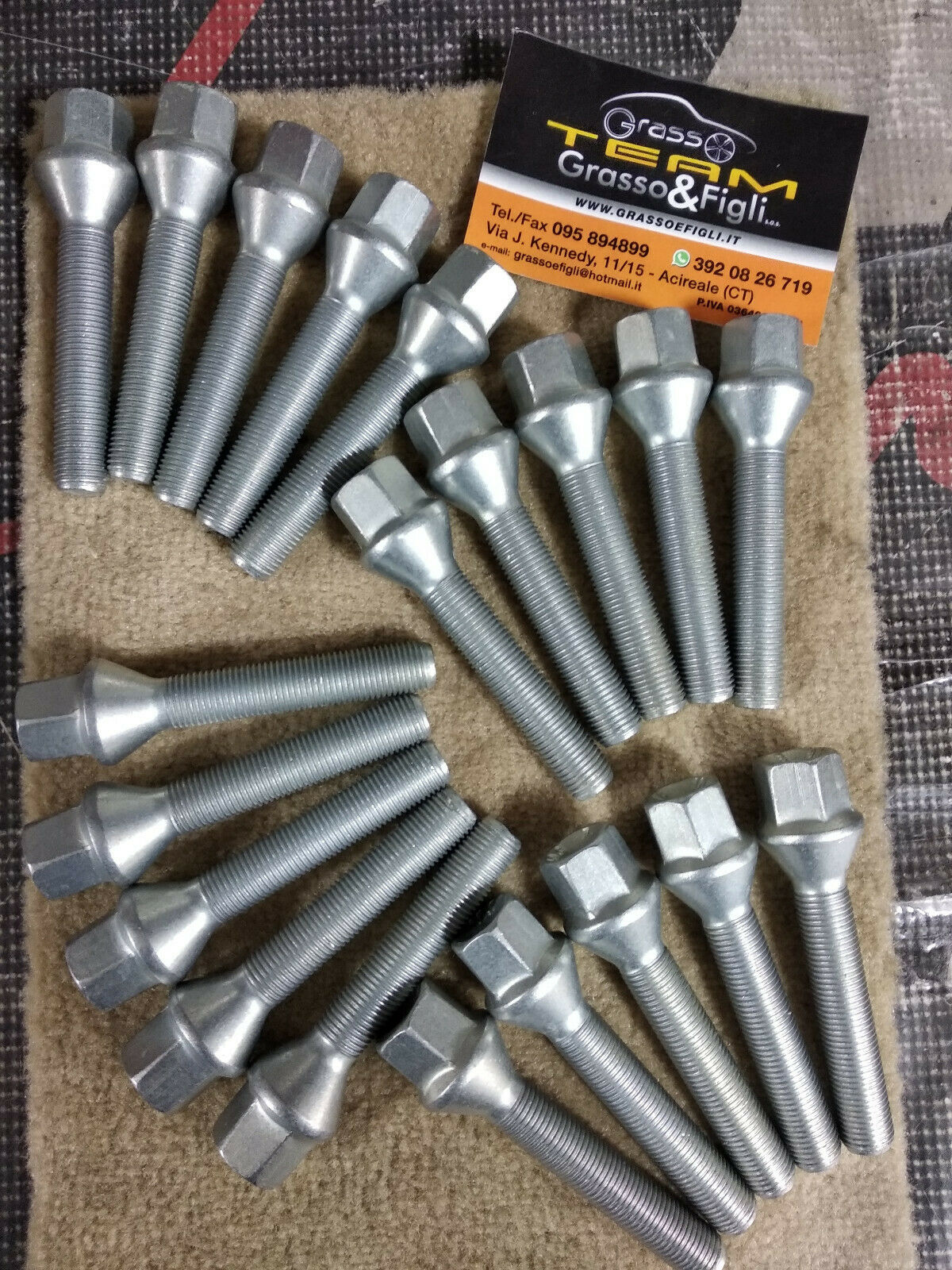
Bullone Ruota Conico per Cerchi in Lega M 12x1,25 L 60 Chiave 17 Acciaio 10.9 testa bulloni lunghezza xb5 - Grasso e Figli snc
![SLOWMOOSE - Viti In Acciaio Legato Di Grado 10.9 Con Esagono Incassato A Testa Tonda, Bullone Di Fissaggio Per Mobili A Vite - M2x3mm-10pz [ m4x10mm-20 Pezzi] - ePRICE SLOWMOOSE - Viti In Acciaio Legato Di Grado 10.9 Con Esagono Incassato A Testa Tonda, Bullone Di Fissaggio Per Mobili A Vite - M2x3mm-10pz [ m4x10mm-20 Pezzi] - ePRICE](https://images.eprice.it/nobrand/0/Lightbox/923/213076923/Hc6fe312dfde648d5b59e7a52e6bdad11c.jpg)
SLOWMOOSE - Viti In Acciaio Legato Di Grado 10.9 Con Esagono Incassato A Testa Tonda, Bullone Di Fissaggio Per Mobili A Vite - M2x3mm-10pz [ m4x10mm-20 Pezzi] - ePRICE


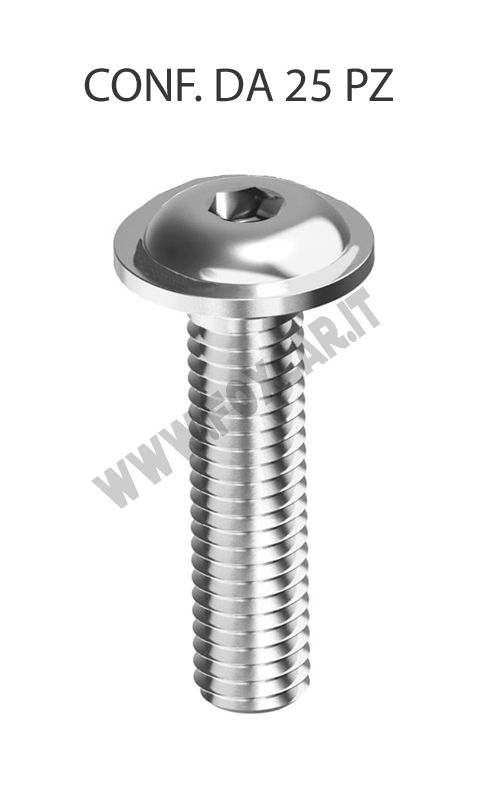


![Barre filettate in acciaio 10.9 LTF 1254 1 metro [1254.01] Barre filettate in acciaio 10.9 LTF 1254 1 metro [1254.01]](https://www.utensileriaonline.it/images/ltf/barre-filettate-10-9-12543-LTF.jpg)




